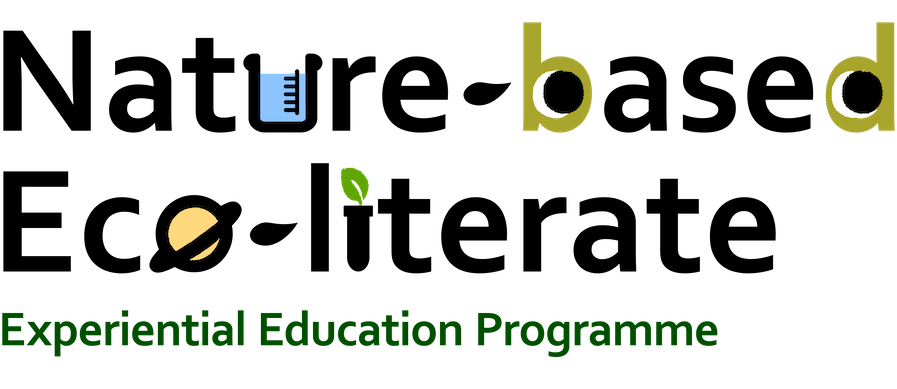Our Pedagogical Approach
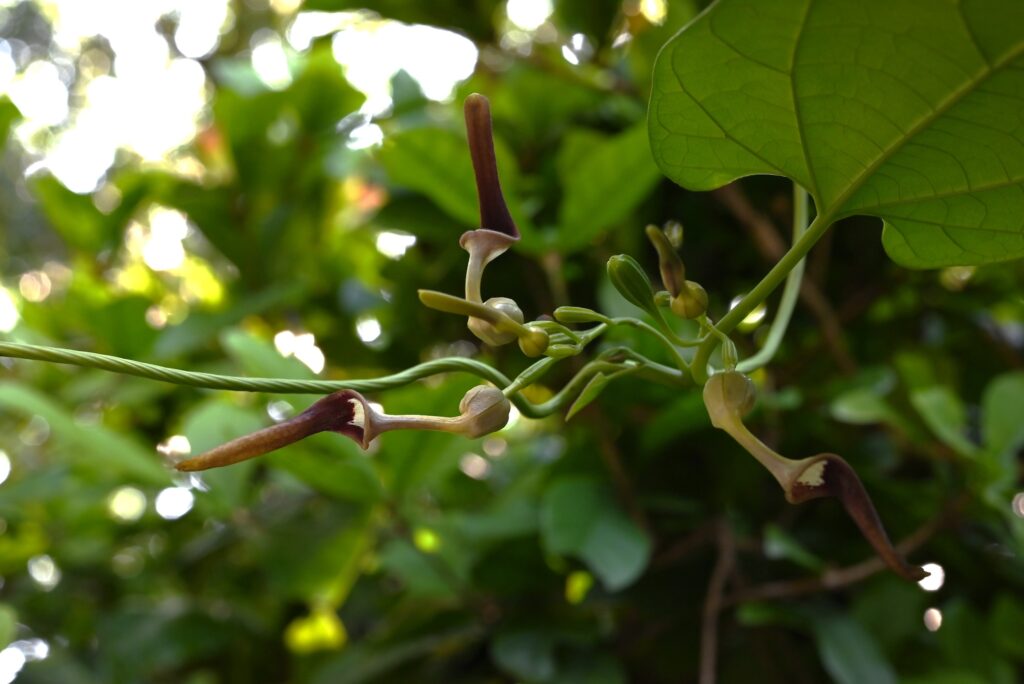
Introduction to Eco-literacy & Effective Learning
Sustainable development was first defined in the World Commission on Environment and Development’s 1987 Brundtland report “Our common future” as “development that meets the needs of the present without compromising the ability of future generations to meet their own needs”. After years of incubation and practice, the concept of “sustainable development” has gradually gained the attention of the political, business and academic sectors, and is even regarded as the mainstream viewpoint of the future.
What is eco-literacy and why nurturing eco-literate talents is so relevant to our common future?
After synthesising and integrating the previous work of many other scholars[2], Professor Sandra Wooltorton, a trans-disciplinary researcher with a background in cultural geography and education, posited that ecological literacy includes six key elements[3]:
[2] Capra, F. (2004). The hidden connections: A science for sustainable living. Anchor. Cutter-Mackenzie, A., & Smith, R. (2003). Ecological literacy: The ‘missing paradigm’in environmental education (part one). Environmental education research, 9(4), 497-524. Orr, D. W. (1991). Ecological literacy: Education and the transition to a postmodern world. State University of New York Press.
[3] Wooltorton, S., & Marinove, D. (2006). Sharing wisdom for our future. Environmental education in action. In Proceedings of the 2006 Conference of the Australian Association of Environmental Education (pp. 261-264).
Ecological Self
Experience the sense of interconnectedness with the cycle of life on the basis of care and compassion, expansiveness of soul and respect for others on the basis of respect for difference.
Sense of Place Active Citizenship
Organically integrated into the unique local culture, history, community relationships and ecosystems.
Systems Thinking and Relationship
Understand the relationality of all things and the threads therein, knowing that we are all independent.
The Ecological Paradigm
Study the whole, relationships and networks. Focus on how to apply knowledge under different circumstances, highlighting the process, mode and quality. |
Pedagogy of Education for Sustainability
Use an experiential, participatory and multidisciplinary approach, focusing on the experience of the learning process.
Reading the World of Nature and Culture
Children engage deeply with nature as early in their lives as possible, in order that they have a strong foundation in ecological literacy for nature.
-
Ecological Self
-
Sense of Place Active Citizenship
-
Systems Thinking and Relationship
-
The Ecological Paradigm
-
Pedagogy of Education for Sustainability
-
Reading the World of Nature and Culture
Experience the sense of interconnectedness with the cycle of life on the basis of care and compassion, expansiveness of soul and respect for others on the basis of respect for difference.
Organically integrated into the unique local culture, history, community relationships and ecosystems.
Understand the relationality of all things and the threads therein, knowing that we are all independent.
Study the whole, relationships and networks. Focus on how to apply knowledge under different circumstances, highlighting the process, mode and quality.
Use an experiential, participatory and multidisciplinary approach, focusing on the experience of the learning process.
Children engage deeply with nature as early in their lives as possible, in order that they have a strong foundation in ecological literacy for nature.
An eco-literate person is prepared to be an effective member of sustainable society, comprising an organic understanding of the world and participatory action within and with the environment[4]. Therefore, for students, not only will learning the key points of eco-literacy help them to better care for our planet, but it will also enable them to become more responsible global citizens.
[4] McBride, B. B., Brewer, C. A., Berkowitz, A. R., & Borrie, W. T. (2013). Environmental literacy, ecological literacy, ecoliteracy: What do we mean and how did we get here?. Ecosphere, 4(5), 1-20.
What key aspects are essential for designing experiential learning activities to effectively enhance students’ eco-literacy?
Palmer’s Tree Model is a classic framework in environmental education that creates a comprehensive approach to learning about the environment. It emphasises education about, in, and for the environment, combining empirical, ethical, aesthetic, and social
dimensions.[5] This systematic and holistic approach is valuable for designing eco-literate pedagogy materials and activities.
Based on Palmer’s Tree Model, the following aspects are crucial:
[5] Palmer, J. (2002). Environmental education in the 21st century: Theory, practice, progress and promise. Routledge.
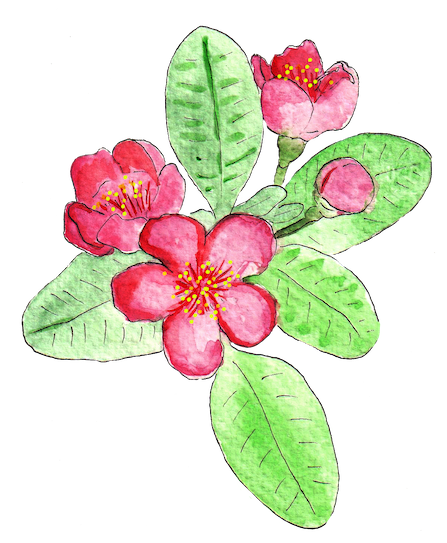
Crucial Aspects to Be Prioritised
Interconnected Learning Dimensions
- Integrate education about, in, and for the environment.
- For example, studying local ecosystems can include theoretical knowledge (about), hands-on exploration (in), and conservation actions (for).
Empirical, Ethical, Aesthetic, and Social Elements
- Empirical: Direct experiences, such as hands-on experiments.
- Ethical: Discussions on environmental responsibilities.
- Aesthetic: Nature art projects, sensory activities.
- Social: Collaborative projects, community engagement.
Issue-based and Action-oriented Learning
- Issue-based and action-oriented learning, promoting problem-solving and critical thinking.
- Socially critical education, encouraging students to question societal norms and policies related to the environment.
Personal and Emotional Engagement
- Create personal connections to the environment.
- Foster empathy through caring for plants or animals and storytelling.
Developmentally Appropriate Content
- Tailor activities to be age-appropriate and engaging
- Avoid overwhelming content, focusing on empowering students with positive experiences.
Cultural and Social Context
- Design inclusive activities that respect diverse backgrounds.
- Reflect local culture and community, integrating Indigenous knowledge and practices.
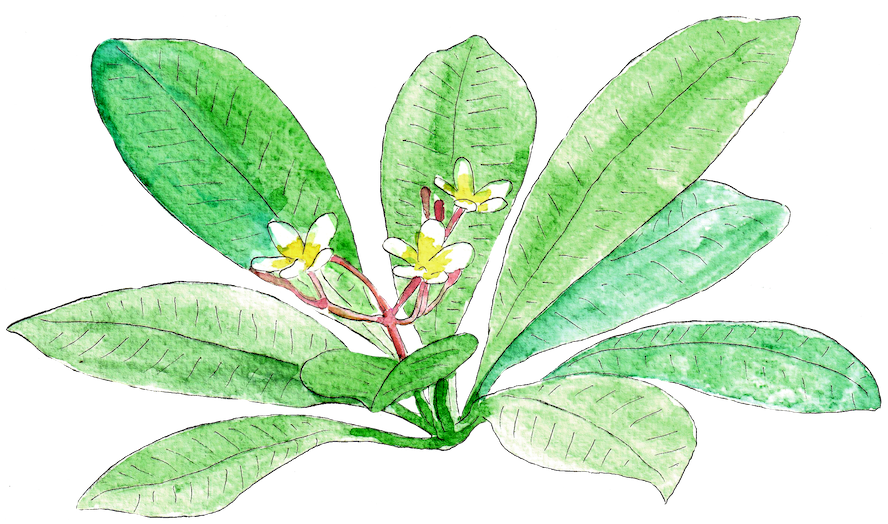
Examples of Ways to Address the Crucial Aspects by the Proposed Programme
Students learn about native and non-native tree species’ impacts on local ecosystems through theoretical lessons, field trips to KFBG’s secondary forest, and participation in hands-on weeding and forest management activities as part of the KFBG habitat restoration scheme.
Activities cover these elements comprehensively. E.g., planting endangered species on campus and conducting scientific inquiries such as fair-tests; discussion on students’ roles in sustainability; aesthetic appreciation through nature art; and social learning through community projects.
The programme encourages engagement with real-world issues and solution development, fostering critical thinking and problem-solving. Examples creating installation art to inspire local conservation efforts.
Students develop personal connections through activities such as installing insect and animal-friendly setups on campus, journaling and reflection, which build empathy and a sense of belonging essential for long-term stewardship.
Activities ensure younger students engage in exploration (e.g., five-sense exploration in organic farms), while older students tackle complex issues (e.g., creating animal enrichment using STEAM techniques).
Partnerships with local organisations and Indigenous knowledge help students understand and appreciate their cultural context.
An example and illustration of how KFBG’s eco-literacy programmes assist students learning – the ‘Dutchman’s Pipe x Birdwing Butterfly Urban Habitat Restoration Project – A Collaborative Conservative & Education Endeavor between Schools and KFBG’
To provide impactful eco-literacy experiences that nurture holistic learning- engaging students’ head, heart and hands- KFBG has launched a project cultivating a rare and endangered plant species: Dutchman’s Pipe (Aristolochia tagala) on campuses. This plant is essential for Hong Kong’s endangered Golden Birdwing butterfly, protected under Cap. 586. The Golden Birdwing depends solely on Dutchman’s Pipe, highlighting a critical plant-animal interdependency crucial for biodiversity.
Uniquely, under the KFBG CAP 1156 and approved by the Agriculture, Fisheries and Conservation Department (AFCD), KFBG is allowed to distribute seeds and seedlings to schools for educational and conservation purposes. By fostering Dutchman’s Pipe growth in schools, KFBG supports Golden Birdwing habitats and empowers students and teachers as conservation ambassadors. This initiative not only safeguards endangered species but also enhances scientific inquiry, environmental stewardship, and community engagement.
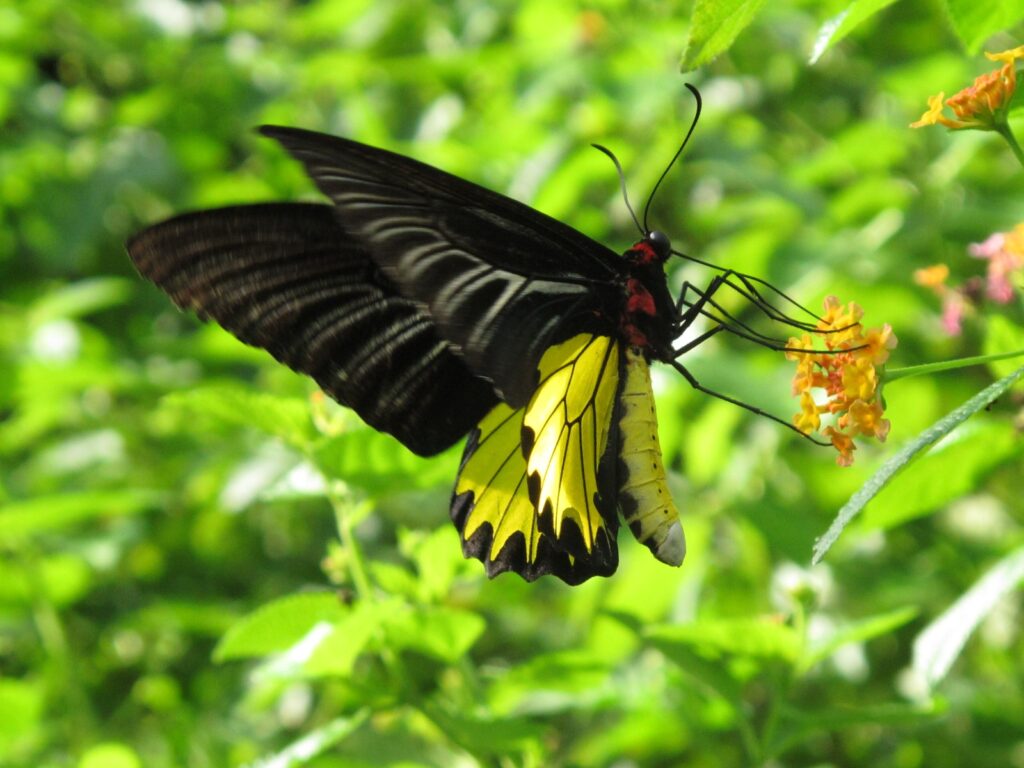
Outcomes after running the project for 12 months
- Created a habitat favourable for butterflies, especially the Golden Birdwing, by introducing Dutchman’s Pipe in schools.
- Nurtured suitable students to be environmental conservation ambassadors with certificates issued by KFBG.
- Empowered teachers with professional knowledge and skills to deliver lessons and experiential learning activities with live demonstrations of plants and insects.
- Obtained a set of learning materials related to the science curriculum and STEAM, which also ties in with the two curriculum focuses – “science inquiry” and “engineering design and innovation”.
Illustrative timeline across an academic year
- Summer break: (i) Site visits and initial meetings with schools; (ii) Teacher training sessions on Zoom and in-person.
- 1st semester: (i) Introduction of the project to the school community and planting of seedlings; (ii) Follow-up teacher training and curriculum integration; (iii) Student learning activities and workshops; (iv) Ongoing plant monitoring that enables the learning of “science inquiry” via fair-tests and setup of control experiments (e.g., grow seedlings of similar size at different sites with various sizes of planters, soil volume, irrigation frequency / soil moisture, hours of sunlight, etc.), observations and experimentations.
- 2nd semester: (i) Visit to KFBG’s Native Tree Nursery (exclusive area that general visitors have no access to); (ii) Student learning activities and workshops; (iii) Ongoing plant monitoring; (iv) Students’STEAM design and innovation to nurture the plant, e.g., students to develop small devices to measure soil moisture and trigger auto-irrigation when soil moisture gets below a certain threshold.
Roles and Responsibilities
Schools: Identify suitable locations, integrate curriculum materials and nurture plant growth.
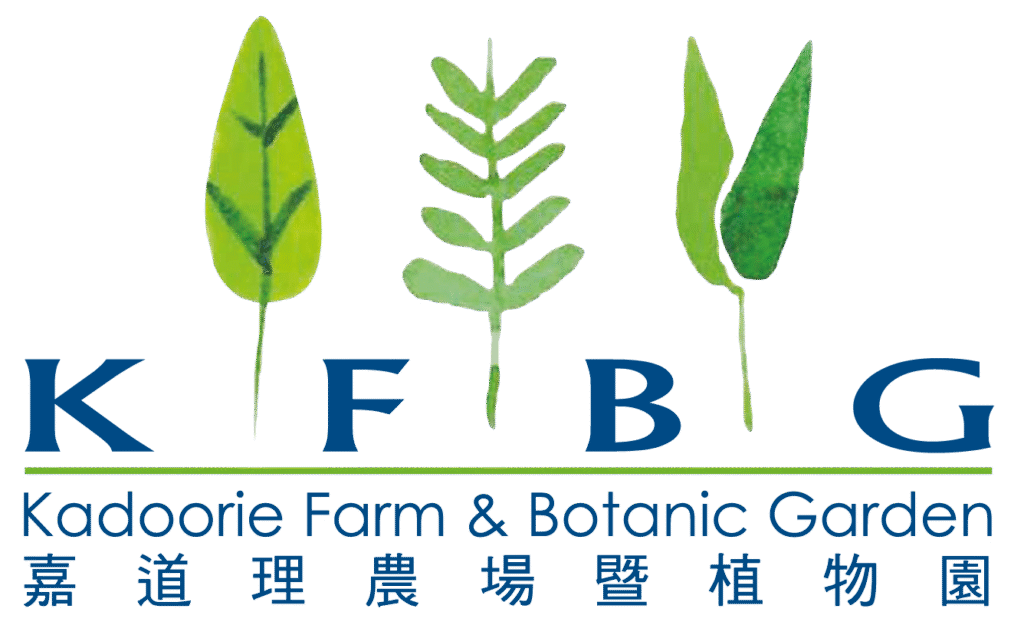
KFBG: Provide scientific guidance, educational resources, and ongoing support to schools.
This initiative integrates ecological and educational goals, fostering eco-literacy across six dimensions
- Ecological Self: Students experience interconnectedness with life cycles, nurturing care and respect for biodiversity.
- Sense of Place and Active Citizenship: Rooted in local culture, fostering community stewardship of ecosystems.
- Systems Thinking and Relationships: Understanding interdependence within ecosystems and human actions.
- The Ecological Paradigm: Studying holistic networks and applying knowledge for sustainable practices.
- Pedagogy of Education for Sustainability: Experiential and interdisciplinary learning to deepen ecological understanding.
- Leading the World of Nature and Culture: Early engagement with nature builds a foundation in ecological literacy.
This project exemplifies KFBG’s commitment to ecological literacy, fostering a generation of environmentally conscious citizens through hands-on conservation efforts and interdisciplinary education.
